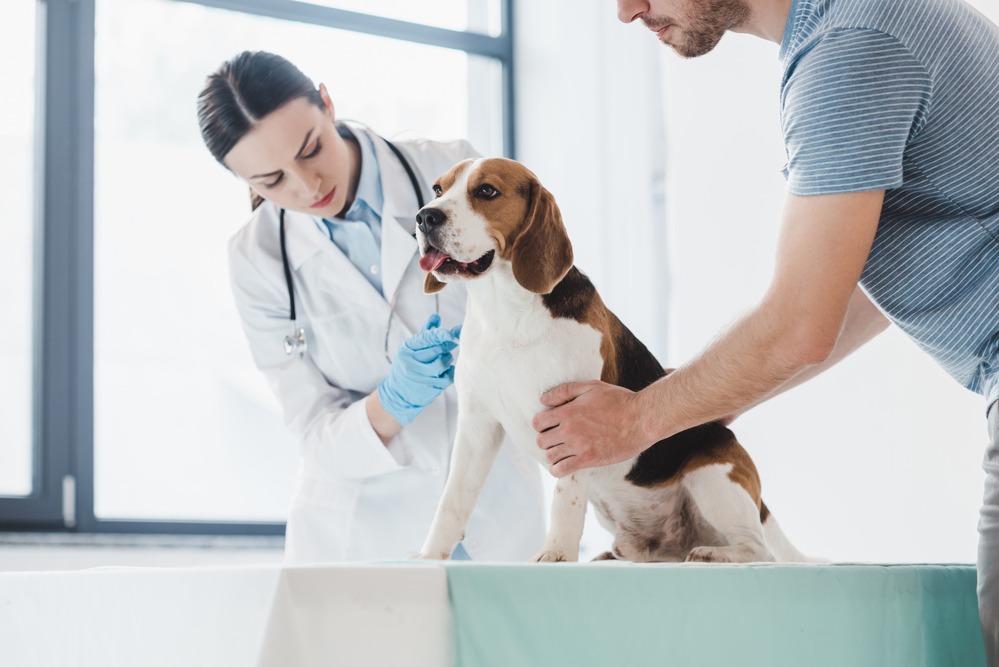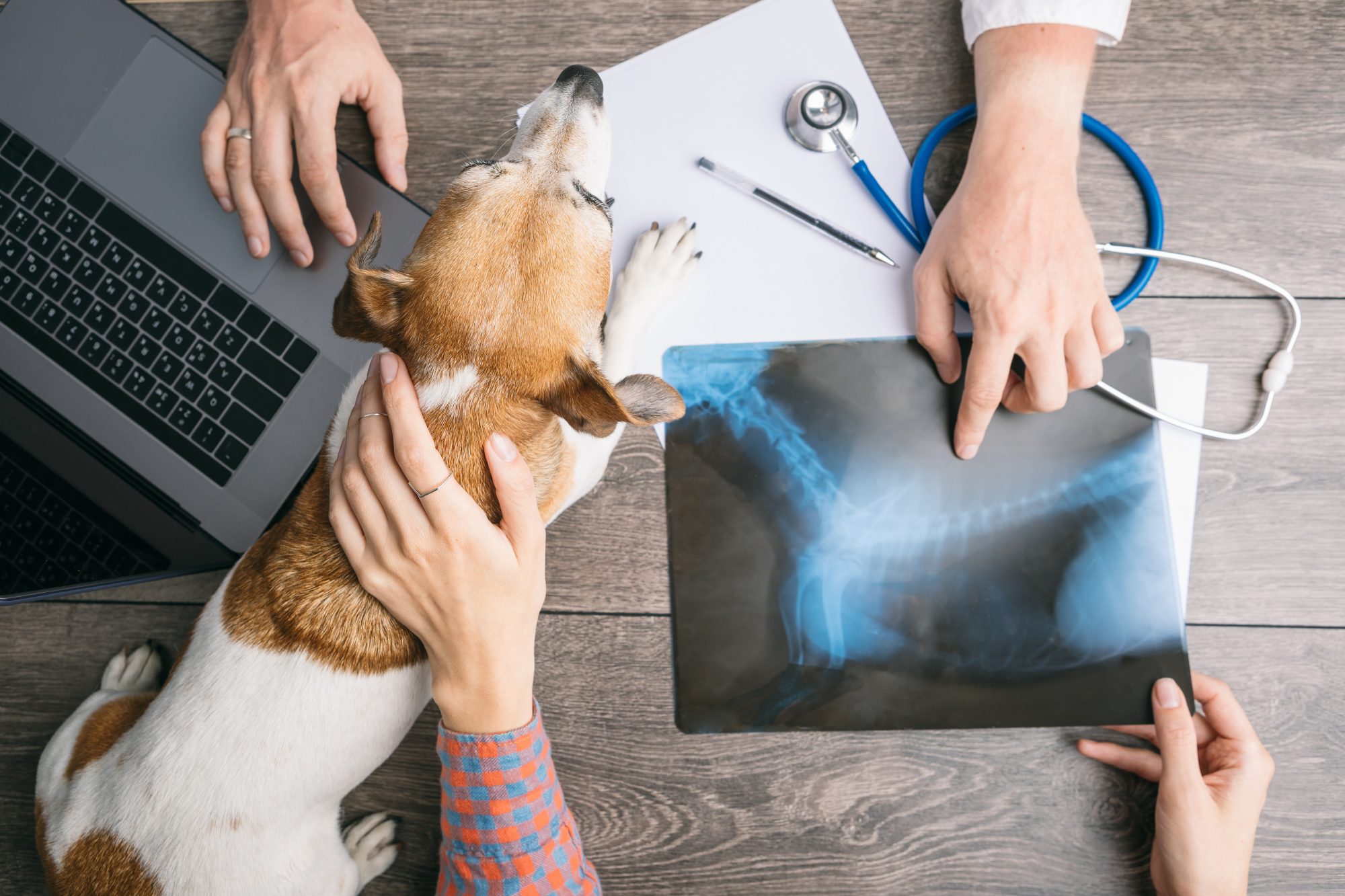When Every Second Counts: How an emergency vet Can Make All the Difference
When Every Second Counts: How an emergency vet Can Make All the Difference
Blog Article
All About Vet Surgical Treatment: Recognizing the Significance of Professional Treatment for Your Pets
Veterinary surgical treatment is a critical component of pet dog health care. It incorporates different procedures, from regular optional surgical procedures to urgent interventions. Recognizing the intricacies of these surgeries can assist pet dog proprietors make informed choices. The prep work, implementation, and healing phases are important for ensuring the well-being of animals. With appropriate expertise, proprietors can browse the intricacies of veterinary care. What variables should be taken into consideration prior to an animal undertakes surgical treatment?
Types of Vet Surgeries
When a pet dog needs medical intervention, comprehending the various kinds of veterinarian surgeries can assist pet owners make informed decisions. Vet surgical treatments can be generally categorized into three major kinds: elective, immediate, and emergency surgical treatments. Optional surgeries, such as spaying or neutering, are planned procedures that are not promptly deadly. Immediate surgeries, like those for international body removal, have to be done quickly but are not serious in the moment. Emergency surgical treatments, such as those addressing severe trauma or inner blood loss, are critical and need instant attention.Additionally, surgical treatments can differ in complexity, varying from minimally invasive laparoscopic procedures to a lot more substantial open surgeries. Each kind of surgical treatment brings its very own dangers and healing procedures. Recognizing these categories permits pet dog owners to participate in purposeful conversations with veterinarians, resulting in better end results for their beloved family pets.
Preparing for Your Family pet's Surgery
Getting ready for a pet's surgical treatment entails a thorough checklist to assure all basics are covered. Efficient communication with the veterinarian is vital for recognizing the treatment and any type of required pre-operative steps - animal emergency care bellingham. Furthermore, having clear post-operative treatment guidelines will aid proprietors provide the most effective assistance for their recovering animals
Pre-Surgery Checklist Essentials
Assuring a smooth surgical experience for a family pet requires mindful prep work and focus to detail. A pre-surgery list is necessary for pet owners to follow. Verifying the scheduled surgical treatment date and time is vital. Proprietors should also confirm that their animal has actually fasted according to the veterinarian's guidelines, commonly for 8-12 hours before surgery. Collecting needed clinical records, including vaccination background, is essential for the veterinarian's testimonial. It is additionally a good idea to prepare a comfy room at home for the animal's recuperation after surgery. Proprietors ought to have a plan for transport to and from the veterinary facility, making sure that the animal is protected and comfortable throughout the journey. Adhering to these actions can significantly boost the medical experience.
Interacting With Your Veterinarian

Efficient communication with the vet is essential for an effective surgical experience for pet dogs. Owners must be prepared to review their pet's medical background, consisting of any pre-existing conditions, medicines, and allergies. This information aids the vet analyze threats and customize the medical strategy as necessary. Furthermore, animal owners ought to ask concerns concerning the procedure, anesthetic, and expected outcomes to guarantee they fully comprehend the process. Making clear any kind of doubts can relieve anxiousness for both the animal and the owner. It is additionally essential to interact any kind of behavior changes or problems observed in the family pet leading up to the surgical treatment. Ultimately, clear discussion fosters trust fund and partnership, guaranteeing that pets obtain the ideal feasible care during their surgical trip.
Post-Operative Care Recommendations
After going over the surgical procedure with the veterinarian, pet dog proprietors ought to concentrate on post-operative treatment guidelines to facilitate a smooth recuperation for their pets. These directions commonly include checking the medical website for indicators of infection, such as inflammation or discharge. Pet dogs may require to be kept one's cool and constrained to stop extreme movement that can interrupt recovery. Pain management is important, so proprietors need to comply with the vet's guidance on providing medications. Additionally, dietary limitations may be encouraged to stay clear of gastrointestinal upset. Routine follow-up visits are very important to assure proper recovery and deal with any type of worries. By sticking to these post-operative treatment directions, pet proprietors can considerably contribute to their animal's recovery and total wellness.
The Surgery Explained
The medical process for pets incorporates crucial actions that assure their safety and security and healing. Pre-surgery prep work are vital for minimizing threats, while post-operative care guidelines play a vital function in advertising recovery. Understanding these elements aids animal proprietors navigate the surgical experience more successfully.
Pre-Surgery Preparations
Prior to a pet dog undergoes surgical treatment, several vital preparations need to happen to guarantee a risk-free and successful treatment. A thorough veterinary assessment is vital to assess the pet's total health and recognize any potential threats. This might include blood tests, imaging, or various other diagnostics. The vet will certainly also discuss anesthetic options tailored to the animal's particular demands. In addition, pet dog proprietors are usually instructed to withhold food and water for a specified time before surgical treatment to minimize the risk of difficulties during anesthesia. It is essential for owners to provide a complete case history, including any drugs or allergies, making certain the surgical team has all needed information. Proper interaction and adherence to pre-surgery standards can significantly improve the end result of the procedure.
Post-Operative Care Guidelines
Appropriate post-operative treatment is vital for making certain an animal's healing adhering to surgical procedure. After the treatment, pet dogs must be monitored carefully for any indications of issues, such as extreme bleeding, swelling, or unusual behavior. It is very important to comply with the vet's directions this website regarding drugs, consisting of discomfort reducers and prescription antibiotics. Animals ought to be maintained in a silent, comfortable atmosphere to lower stress and anxiety and promote recovery. Limiting activity is essential; short, leashed strolls might be required, however leaping or running should be stayed clear of. Normal follow-up consultations must be arranged to assess the healing process. In addition, the medical site needs to be maintained tidy and dry, with any indications of infection reported to a veterinarian without delay. Complying with these standards boosts recovery results.
Anesthetic and Discomfort Monitoring
Efficient anesthetic and discomfort administration are crucial components of veterinary surgical procedure, ensuring that pets continue to be comfortable and safe throughout the treatment. Vets analyze each animal's specific requirements, taking into consideration elements such as age, weight, health condition, and the type of surgery being performed.Anesthesia procedures usually consist of a combination of pre-anesthetic drugs, induction representatives, and inhalant anesthetics, permitting specific control over the animal's degree of consciousness. Surveillance during surgical procedure is critical; vets continually observe vital signs to address any prospective problems promptly.Pain administration methods may entail opioids, non-steroidal anti-inflammatory medicines (NSAIDs), and anesthetics, customized to the animal's specific circumstance. This multifaceted approach aids lessen discomfort and promotes a smoother surgical experience. By prioritizing reliable anesthesia and discomfort management, vet professionals enhance the total well-being of pets undergoing surgeries, guaranteeing they obtain the highest possible criterion of treatment.
Post-Operative Care and Recuperation
Complying with surgery, the focus shifts to post-operative care and recovery, which is necessary for ensuring a pet's safe return to normal tasks. During this period, pet dogs call for a quiet, comfy environment to aid healing. Owners need to closely check their animals for any type of signs of discomfort or uncommon behavior.Veterinary guidelines usually include particular directions related to drug administration, injury treatment, and dietary adjustments. It is essential to adhere to these recommendations to reduce problems and advertise recovery. Family pets might need to be restricted from energetic activities, such as running or jumping, during their healing period (canine tplo surgery).Regular follow-up appointments with the veterinarian permit surveillance of the animal's progression and timely modifications to the treatment plan. Supplying psychological support and companionship can additionally boost an animal's recuperation experience, aiding to reduce anxiety and anxiousness. In general, diligent post-operative treatment plays a significant function in accomplishing an effective recovery
Recognizing Difficulties After Surgical Treatment
How can family pet owners identify difficulties after surgical procedure? Recognition of certain indications is crucial for ensuring the well-being of pet dogs throughout recuperation. Typical signs include excessive swelling, inflammation, or discharge at the surgical site, which might symbolize infection. In addition, relentless pain, shown by whimpering or unwillingness to relocate, ought to trigger instant attention. Changes in hunger or water consumption can additionally show problems; a reduction in these actions might signal discomfort or distress.Moreover, family pet owners need to monitor their pets for any unusual actions, such as sleepiness or difficulty breathing, as these can be indications of significant problems. Throwing up or looseness of the bowels adhering to surgical procedure might need urgent vet examination. Identifying these issues early can considerably impact a pet dog's recuperation process, highlighting the importance of watchfulness and prompt communication with a nearest vets for pets veterinarian for any type of worrying signs and symptoms.
The Function of Veterinary Specialists in Surgical Care
Veterinary experts play an essential role in making sure the safety and security and success of operations for animals, especially adhering to surgery when keeping track of and treatment are paramount. These professionals consist of vets, veterinary specialists, and assistance team, every one of whom contribute specialized abilities to the medical process.Before surgical treatment, vets perform extensive examinations to analyze the family pet's wellness, making certain that any kind of underlying conditions are handled. During the procedure, the medical team provides anesthetic, keeps sterilized settings, and monitors key indicators, all crucial for reducing risks.Post-operative care is similarly considerable; veterinary experts observe for problems, handle pain, and guide owners on healing methods. Their knowledge enables them to recognize early indicators of distress or infection, guaranteeing prompt treatment. Eventually, the collective efforts of veterinary experts in medical treatment foster a risk-free environment, advertising the health of animals throughout the medical trip.

Regularly Asked Questions
Just how Do I Choose the Right Vet Surgeon for My Family pet?
Choosing the appropriate veterinary cosmetic surgeon entails investigating credentials, checking out reviews, and evaluating the clinic's atmosphere. It is important to mirror on the surgeon's experience with details treatments and their communication style when deciding.
What Prevail Misconceptions Concerning Vet Surgeries?
Typical misunderstandings regarding vet surgeries include beliefs that they are constantly high-risk, unneeded, or just for emergency situations. Several pet owners underestimate the benefits of preventative treatments and the skill included in veterinary medical treatment.
Just How Much Will My Pet's Surgical treatment Price?
The expense of a pet's surgical treatment can vary significantly based upon elements such as the sort of treatment, the vet's experience, and geographical area (emergency vet bellingham). Typically, expenditures official site range from a few hundred to several thousand bucks

Can My Pet Dog Eat Prior To Surgery?
Prior to surgical treatment, it is normally recommended that pets avoid consuming for a certain period. This fasting helps in reducing the danger of issues throughout anesthetic. Owners ought to consult their vet for accurate instructions tailored to their animal's demands.
What happens if My Animal Has Pre-Existing Health Conditions?
When an animal has pre-existing health problems, it's vital for the vet to assess these aspects before surgical procedure. This analysis warranties proper safety measures are taken, lessening dangers and maximizing the pet's overall safety during the treatment.
Report this page